To learn more about our levels of care for adolescents, contact MCAW today at 855.940.6229.
What Is an Intensive Outpatient Program?
An intensive outpatient program (IOP) is a structured treatment plan for individuals who require more support than traditional outpatient therapy but do not need the round-the-clock care of an inpatient center. It offers a middle ground between inpatient and outpatient care, allowing for greater flexibility and independence while still providing a high level of therapeutic support.
Who Is Eligible for Adolescent IOP?
Our adolescent intensive outpatient program (IOP) is designed for individuals who, while dealing with mental health challenges, are not a danger to themselves or others. These adolescents need therapeutic support but are stable enough not to require constant monitoring or a 24/7 inpatient environment.
This level of care is suitable for those who’ve been stabilized in a more intensive program and are transitioning to a lower level of care or those who need more support than traditional outpatient therapy can provide. Candidates for our IOP should be capable of maintaining safety in their home environment, have supportive resources in place, and should be able to commit to the program’s schedule.
At MCAW, we offer treatment for teens aged between 13 and 17. Our main area of treatment involves teens who struggle with various mental health challenges, such as:
- Impulsive or risk-taking behavior
- Depression
- Anxiety
- Emotional dysregulation that persists over time and negatively impacts life
- Extreme emotional outbursts
- Obsessive-compulsive disorder
- Bipolar disorder
- Trauma-related concerns
We’re committed to supporting adolescents navigating mental health challenges, ensuring they don’t walk alone on their journey toward wellness and recovery.
How Can Our Intensive Outpatient Program Help Your Child?
Our adolescent IOP at MCAW is specifically designed for teenagers struggling with mental health issues such as anxiety, depression, trauma, and substance abuse. Our team of dedicated professionals works together to provide evidence-based treatment and support your child’s unique needs.
While each person’s goals will be unique, some of the common expected outcomes for IOP treatment include:
- Reducing mental health symptoms such as depression and anxiety
- Improving daily life functioning
- Reducing unsafe thoughts and behaviors
- Helping the adolescent develop coping and problem-solving skills
- Empowering the teen on how to live a healthy and productive life
- Encouraging the adolescent to be more active at home, in school, and their other social circles
The benefits of undergoing our treatment extend beyond mere symptom reduction; they pave the way for a future filled with hope, resilience, and a renewed sense of self. Enrolling in our intensive outpatient program equips adolescents with the tools they need to navigate life’s challenges, fostering an environment of growth, recovery, and overall well-being.
Call Massachusetts Center for Adolescent Wellness Today for Our Intensive Outpatient Program
At MCAW, we believe in fostering a brighter future for our adolescents, one where mental health challenges don’t define them.
Contact us today at 855.940.6229 or through the MCAW online contact form, and let’s take the first step towards a healthier, happier life for your child.

